Last Updated on December 19, 2012 by stevehoggbikefitting.com
Road Pedals – Which Are Best? caused a spike in emails to us. Many of them could be summed up as “I’m happy with my pedals. It is not fair to say Speedplay are the best without mentioning why mine aren’t as good”.
For starters, that isn’t what I said. I said at the outset that the post was written from a bike fitting point of view. I got tired of replying to multiples of what was, when boiled down, the same question from many sources. This is in answer to those people. All the major brands work. All can be used by many people with good results, but when you see as many combinations of shoe, pedal and body as I do, it isn’t hard to form an opinion as to what works best for the majority. The simple fact is that Speedplay offer more options than other pedal manufacturers so it is no surprise that from a bike fitting point of view, they are my preferred pedal system.
What follows is a critique of the major road pedal systems. I stress that all of these pedals work fine…………if you are the right person. This critique is strictly from the point of view of this bike fitter. My task, amongst other things, is to get the best connection of foot in shoe to pedal possible for the client in front of me at any time.
All of these pedals below are reasonably light. All have lowish overall profile heights of cleat and pedal platform and the differences between systems in that regard are not going to make much difference to anyone. All secure the foot reasonably well, but all have shortcomings that become apparent if you are not the right person to be using that pedal.
Read on.
Crank Bros. Quattro
Pros
- Dirty or gritty cleats aren’t an issue.
- Lateral adjustment not affected by rotational movement
- Easy entry and exit
- Excellent ‘walkability’
Cons
- Near impossible to shim or wedge to any degree
- Limited lateral movement potential
- Only one axle length.
Keywin CRM
Pros:
- Light
- Inexpensive
- Great bearings
- Good fore and aft cleat adjustment
- 5 axle length options: minus 6mm, minus 3mm, standard, plus 3mm, plus 6mm
- Good ‘walkability’.
Cons:
- Cleat angle adjustment? What angle adjustment?
- Standard fixing screws and countersunk washers are rubbish. Better to use normal low profile slotted fixing screws and Campag Pro Fit washers which will allow some angle adjustment.
- Rotational movement (which is in the pedal body, not the cleat) is limited.
- Inexpensive initial cost offset by the need to replace pedal body’s and ‘L’ clip through wear and tear.
- Probably the pedal system with the most unrealised potential if someone would give them a make over.
Look Keo
Pros:
- High end models are light.
- 3 cleat options allowing potential rotational movement from zero to 9 degrees.
- Good ability to twist the cleat on the shoe to necessary angle
Cons:
- Limited fore and aft movement of the cleat means that a significant number of riders cannot gain the cleat position I would suggest for them.
- Not enough lateral movement potential for cleat. If the angle of the cleat on shoe is towards its limit, then zero ability to laterally adjust the cleat
- Walking ‘bumpers’ on cleats are fragile
- Pedal bodies don’t stand up well to hard use by large, physically strong riders
- One axle length only.
- No wrench flat for pedal fitting and removal. Allen key removal when tight is a pain.
Shimano Spd SL

Pros
- Very well made and durable
- Good ‘walkability’
- A better ‘Look ‘style pedal than the Look Keo
- Good potential for cleat angle adjustment
Cons
- Low profile, large headed proprietary cleat fixing screws are not available in longer lengths after market. That means that fitting a shim requires ‘standard’ M5 slot head screws available from any fasteners. They have a higher head profile than the proprietary cleat fixing screws which means that a shimmed Spd SL cleat has the screw heads contacting the pedal platform. This gives a ‘loose’ feel to the rotational movement.
- Minimum spring tension is too high for easy pedal engagement and (particularly) exit, for many small women.
- Poor lateral adjustment potential of cleat. There ‘appears’ to be a reasonable amount BUT as rotational movement is limited even with the ‘freeplay’ cleat option, the cleat needs to be angled more than say a Keo with red 9 degree cleat. Angling the cleat uses up potential for lateral adjustment. Need a 9 – 10 degree rotational movement cleat option to be a better choice for some riders.
- Only one axle length
Time
Pros:
- Light
- Good fore and aft cleat adjustment
- Good ‘walkability’
Cons:
- Clumsy and limited lateral adjustment. Swapping cleats from left to right affects ‘Q factor’ but without any ability to fine tune
- Rear two cleat mounting screws don’t have washers. Overtightening them damages the cleat
- Pedal bodies are fragile
- Were a lot of warranty issues with RXS series pedals with one side unscrewing from axle assembly. The warranty fix was ‘Loctite’. This is what happens when someone designs pedals with the same thread direction on the pedal body on both sides.
- Good rotational movement BUT with spring loaded self centring tendency which isn’t so good.
- No wrench flat for pedal fitting and removal. Allen key removal when tight is a pain.
- Only one axle length
The perfect pedal:
No one makes the perfect road pedal, but as a brand, and given all the options they make, Speedplay are streets ahead as far as this bikefitter is concerned. What would I like to see in the perfect pedal?
1. Cleat fore and aft adjustment potential of the Speedplay part no. 13330 base plate. A lot of my fit customers would have to accept ‘2nd best’ in terms of cleat position without these adaptors.
2. Ease of entry and exit of the Speedplay X series. Once the technique is learned, the easiest pedal out there to enter and exit.
3. Lateral adjustment potential of all Speedplay road cleats. Lateral adjustment and rotational movement are totally separate unlike all 3 bolt cleat pedal systems.
4. The dirt ‘proofness’ of Crank Bros. Quattro. Not much to clog up here and a Speedplay weak point. Hence the Cafe caps.
5. The axle length options of Speedplay and Keywin combined. Speedplay offer minus 3.175mm, standard, plus 3.175mm, plus 6.35mm, plus 12.7mm. Keywin offer minus 6mm, minus 3mm, standard, plus 3mm, plus 6mm.
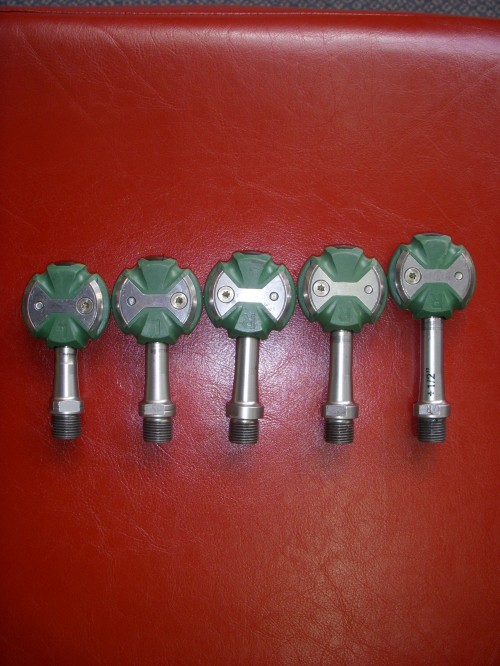
6. The combined effect of the 9 degrees rotational angle of a red Look Keo cleat plus the ability to twist the cleat. The total rotational adjustment potential, including the ability to twist the cleat, exceeds that of Speedplay. A pity that Keos come standard packed with the grey cleat with reduced rotational movement. Also a pity that even with the red cleat, twisting the cleat to near it’s maximum negates any ability to move the cleat laterally on the shoe sole.
7. The insurance against accidental disengagement during a sprint of Speedplay Zero track pedal or Keywin CRM fitted with track adaptor. If you pull out of either of these inadvertently, you’re ‘special’.
8. The ability to securely shim or wedge the cleat while limiting potential for slippage. Speedplay are the only pedals where shims or wedges can be bolted within the cleat layers. This is more secure than shimming or wedging between cleat and sole of shoe on a 3 bolt system. Particularly on a carbon soled shoe. A pic of a well used wedge / shim combination below.
9. ‘Walkability’ as good as Crank Bros. Quattros for cafe stops etc
As you can see, Speedplay are not perfect. But they are the better option. If someone said to me “If you can only stock one brand of pedals, what would it be?” I would answer “As someone who sees a wide variety of humanity and tries to perform their job as well as possible; Speedplay”.
Note: Often, more specific answers to your questions can be found in the Comments below or in the eBooks section and FAQ page.
To learn more about bike fit products offered by Steve, click here.
Do you have a bike fit success story? Please go here to share.
Thank you for reading, return to the Blog page here or please comment below.Comments (24)
Comments are closed.

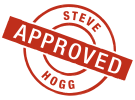
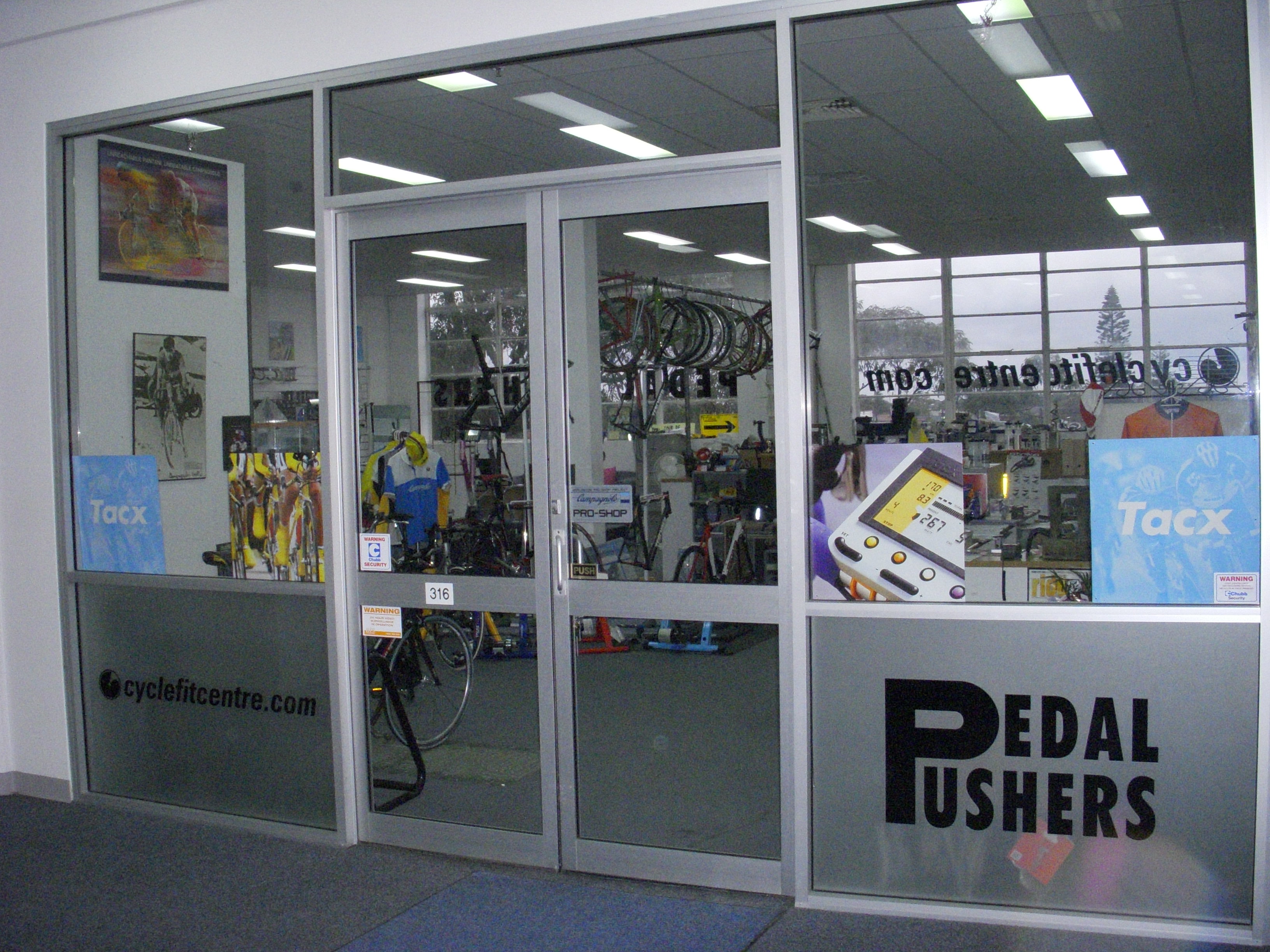
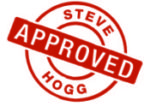
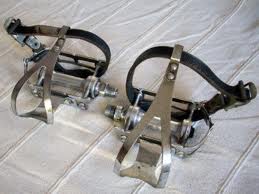
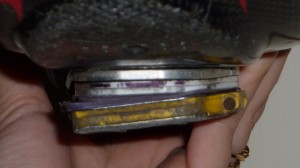

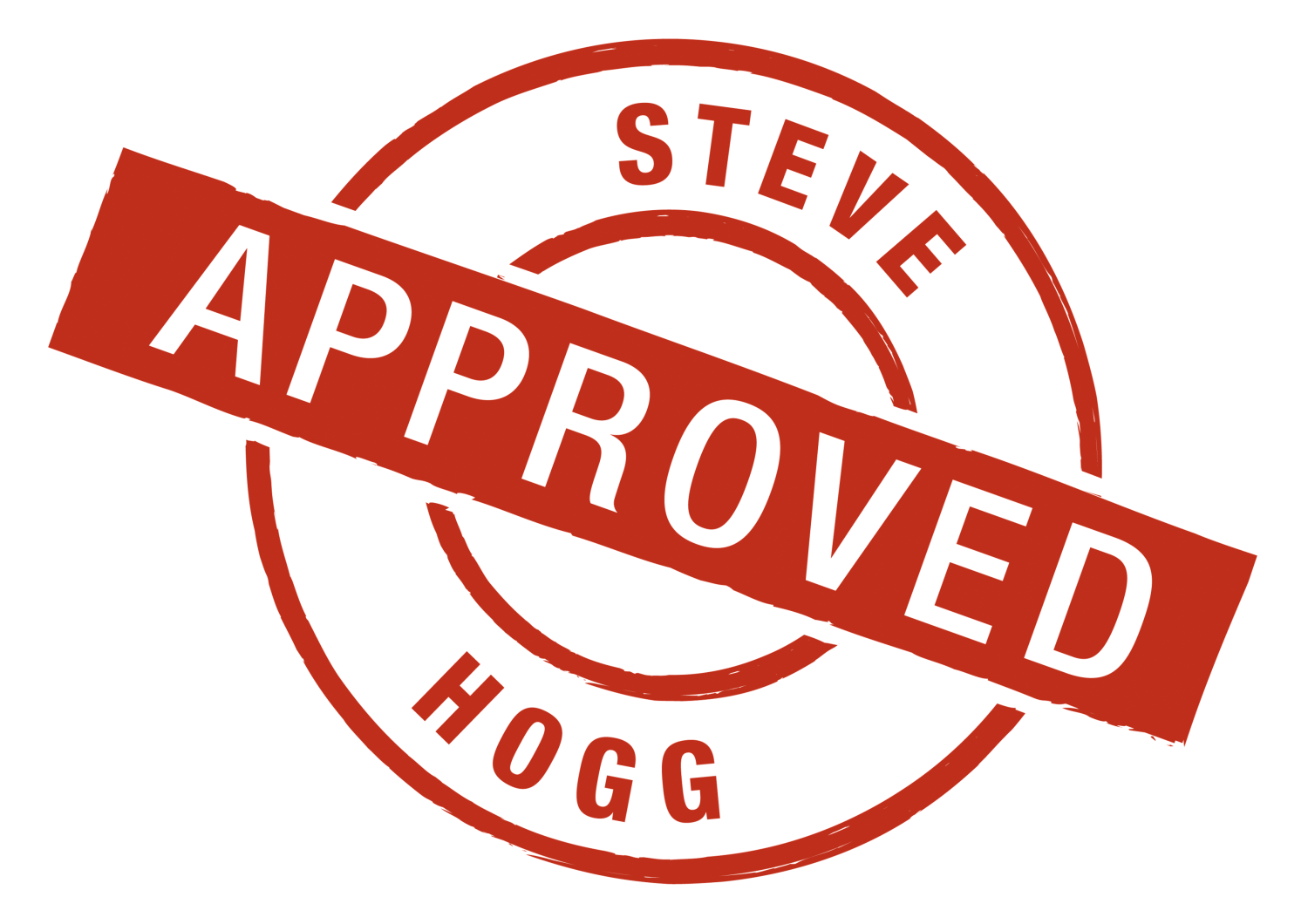

Good Morning Steve,
How do you deal w/people who come to see you and they obviously need tinkering w/pedal/cleat but they have some system other than Speedplay?
G’day Duane,
If I cannot achieve what I’m after with a clients existing pedal system, I change them to whatever Speedplay model is the most appropriate. I have never had any difficulty with convincing people to spend the money. The deal here is that if a client lets me do what I think is necessary, I will take full responsibility for the outcome of the fit and refund in full if they are not happy at any reasonable time in the future (I say for a 3 month period post fit but in practise I’m flexible regarding that time frame). Doing so gives me the freedom to do the best job that I can and the client certainty that their money is being well spent.
On the rare occasion when a client will not spend the money, the fit stops there, there is no charge for the time taken up to that point and we both go our separate ways.
The hardest thing for most fitters to wrap their heads around is this. Never do less than the best job you can. If the client won’t allow that; put their position back the way that it was when they walked in your door and send them on their way. That is best for both parties. There is no point in a client being dissatisfied some months down the track and the fitter’s reply being “You would only allow me to do a 90% job” no matter how true that statement is. The task should be to 100% of the fitter’s ability or not at all.
It is extremely rare that I have client who is not happy to spend the money once they know that there is a rock solid guarantee.
Excellent as always. What about Bebop’s? They look as a nice alternative (with similar pro and cons) to SpeedPlay’s
G’day Rob,
Bebops are not distributed in Australia where I live but I have had a handful of fit clients that use them. I have a sneaking regard for them though.
*Pros*:
– Reasonably light
– Plenty of rotational movement.
– Lateral adjustment and rotational movement totally separate and don’t interfere with each other.
– Also ability to twist the cleat giving a huge overall potential for adjustment
– Mostly impervious to dirt and mud.
– Easy to enter and exit
*Cons*:
– The 2 hole cleat on an mtb is fine but the road 3 hole adaptor have VERY limited fore and aft adjustment potential. To really nail it as a road pedal, the 3 hole adaptor needs a substantial re jig. The solution, and it is a pain, is to modify a Speedplay part no. 13330 for use by drilling two holes and threading them to mount the Bebop cleat. That allows significantly more adjustment potential but is something that Bebop should address if they are fair dinkum about the road market.
– Difficult to shim, difficult to wedge. Not impossible but more painful than it should be.
– One axle length only.
Bebops are great for adapting shoes to mid shoe cleat placement. I have drilled Shimano R240s mid-foot with minimal epoxy build up under arch area. Added rubber pad under ball of foot and have great ability to walk without cleat hitting the floor. I can’t imagine walking on shoes with a speedplay pedal under the arch.
G’day Wayne,
Thanks for that. I can understand it would be easy to convert a Bebop into midfoot cleat position. Assuming of course that little shimming or wedging was needed.. There is no Oz distribution of Bebop though some searching I did on the net yesterday suggests that will change later in the year.
Hi Steve.
Thanks for all your posts on the blog. It’s really great info.
I thought I’d mention that Shimano do make longer clear bolts. Normal bolts are 10mm, long ones are 13.5mm. (Not that useful if you’re wanting a 10mm shim, I’ll grant you that). Part number is: Y-42U 98060.
G’day Matt,
I stand corrected. Thank you very much for passing that on.
I’ll see if the local Shimano people have them. The funny thing is that I have asked just this question of their people several times and been told “No” on each occasion. Thanks again for taking the trouble.
Steve, I’ve been able to order longer length M5 screws for the SPD-SL cleats with standard hex cone-head (I currently have 9mm of shims (from Specialized) under an SPD-SL). Most fastener suppliers have the M5 in this format in multiple lengths in stock. The only negative was the hex head was imperial not metric. Box of 100 screws was about CAD20.00. My other solution prior to tracking down these screws was to take a Dremmel to the standard slot-head screws from Home Depot — not as elegant. Will send you a photo if you’re interested.
G’day David,
thanks for that, though I’m not clear on your meaning. Do you mean that the screws you have sourced have no higher profile than a standard Shimano cleat mount screw?
If so, yes, please send a pic. If no, doesn’t matter.
One word of caution; read the last paragraph of Foot Correction part 3 – Shimming.
thanks for the comparisons. In my case, I have relatively unstable ankles, due to previous injuries and hypermobility. I spent some years on Speedplays, and found that after 6 months or so, the side to side rocking motion that was possible was causing pain in the lateral compartment of my lower legs and knees. I have moved to shimano SPD-R and find the lateral stability is much improved- they are overall, a much more stable platform.
It is possible to minimise the instability in the speedplays by replacing the cleats every 3-4 months, but at almost $100, this option is an expensive one.
I also found that in the absence of the increased setback plates, the pedal axle was 0.5-1cm further forward at it’s most rearward setting than most other pedal systems.
For most people, I don’t know that either of these are deal-breakers, but I seldom read anything much about what seem to be potential limiters of the speedplay system for some.
G’day Juzb,
I hear and understand what you are saying. As I said in the post, Speedplay offer more options to a bikefitter than other systems. I occasionally see problems with Speedplay users similar to yours and in almost all circumstances they can be resolved ith the optimal degree of arch support and and wedging. There is a tiny minority that no combination of Speedplay and foot correction works well for, and you may be one of them.
Did you mean that you use SPD-R, the old 2 bolt cleat road pedal OR was that a typo and you meant the current Spd SL 3 bolt cleat road pedal?
Oops, I definitely meant the SPD SL pedals!
I was more or less happy with the Speedplays whilst using them, but the difference I found with brand new cleats compared to older cleats was marked. On trying a pedal with a wider platform, albeit with more limitations on float, the concerns I had that it may result in knee pain did not eventuate.
I am sure you are right about shimming, and suspect that I am one of the few who need valgus wedges or shimming. (the specialized in shoe versions I have used in the past to good effect)
Thanks for your reply- I have read your writings for a number of years, and have always found them thought provoking, and useful in helping to set up my position on road and track bikes.
G’day juzb,
I’ve seen similar stuff and suspect it happens because the footplant angle on the pedal is not ideal, it prematurely wears the Speedplay cleats in a manner that allows lateral rocking. Re valgus wedging; I see it but it is very uncommon. Probably about 1% or less of the cycling
population. A larger number show a valgus reading on an FFMD, but that is a static measure only. Under load the great majority of valgus readings on an FFMD require varus compensation. However there is still a tiny minority that
do need valgus wedging. Often too, the placement of that wedging is critical in the sense that the same amount of wedging can have a different effect depending on where it is placed.
As an example, I had female client today who is on her country’s national squad. I fitted her 6 months ago and gave her some homework because structurally, she wasn’t flash. 6 months on, she is much more flexible and functional but still has a moderate and annoying right hip drop. Annoying because the right hip drops to the point where the only solution (after much trial and error) was to place a 3mm shim under the left leg because it was overextending due to the right hip drop. Shimming the right shoe made no difference to the right hip drop, so shimming the left leg was the only option left.
Proprioceptively, she required arch support inside both shoes and 2 wedges placed within her right Speedplay cleat. After some serious testing today, we found that the same 2 wedges, but removed from the cleat and replaced with 1 forefoot in shoe wedge and 1 heel wedge gave the same effect proprioceptively, but minimised the right hip drop. Which meant in turn that the 3mm shim under the left shoe could be removed. I suspect that something similar is happening with you but there is next to no one out
there who is into the minutiae of this sort of stuff to get a result for you. If Spd SL’s solve the problem in the meantime, no problem.
Ultimately, and as you have found, the right solution is the one that works.
Hi Steve,
Bit of a blow this one:
http://www.bikeradar.com/news/article/garmin-vector-pedal-power-meter-available-in-2012-31361
I wonder why Garmin have changed Metrigear’s choice of Speedplay to Look KeOs. The Polar pedal system also uses the Look pedals.
G’day Chris,
I don’t know. I’m hoping that over time, they bring out a
version for other pedals as well. That has been the thrust of some of their bulletins over the last year or two. Keo’s currently have the least fore and aft adjustment potential of any of the major pedals which is a pain. Here’ hoping……………..
Steve
I know this is difficult for you to say without seeing me but I have just got hold of a set of Speedplay X5’s from a mate. I have had 1 hour long ride on them and quite like them but am wondering whether the amount of float these provide may be too much.
How do you go about working out how much float is best from the Speedplay range?
Also I have read plenty on here about fore/aft position for cleats but dont seem to have read much about lateral positioning?
G’day Steve,
It is not possible to reduce the degree of float on X
series Speedplays and when new, they can feel like you’re pedalling on ice for 2 – 3 weeks. For most, that sensation disappears after that. Additionally, if foot correction is spot on and the rider is reasonably functional, the feet won’t move around on the pedal anyway. I know you’ve mentioned a few issues and are working to address them. Doing so, and methodically dealing with foot correction over time will eliminate the ‘skating around’ type feeling.
Re lateral adjustment; that is going to be the subject of Foot Correction part 4 which I haven’t got around to yet. Basically, as viewed from the front, foot separation distance is ideal when the centre of the knee descends over the centre of the midfoot.
Thanks for the reply Steve.
I eagerly await part 4.
Not that I need much more reading material at the moment as I am only onto book 2 of your e-books.
G’day Steve,
It’s coming, but I can’t promise when. This site gets far
more traffic than I ever thought it would and it is becoming very time consuming and I’m trying to back off a bit. I need to ride my bike more.
Hey Steve,
I have really enjoyed reading through your articles and have learned quite a bit about bike fit from them. I am currently going through my own fit process and trying to figure out what is best for my body. Anyhow, after reading both your pedal articles I wanted to throw my ideas/impressions of pedals out there. I have owned and ridden Shimano 105’s, Speedplay Zero’s, Look Keo 2 Max and Blades. From riding all these different pedals I have noticed that each feels quite different in regards to actually pedaling and being clipped in. I think this is an often overlooked factor in pedal choice.
For me, the actual feeling and sensation of pedaling in each pedal was distinctly different. The Speedplay’s for example, had the most unpleasant/annoying feeling for me out of all the pedals I tried which is why I ended up going back to one sided pedals. I really liked the fit options and easy in/out of the speedplays however I just couldn’t get over the feeling that I wasn’t pedaling on a large stable platform. No matter what I did I couldnt shake the feeling that I was pedaling on this smaller pedal. I could feel the pedal and cleat when pedaling and it just felt odd. I found myself distracted and annoyed by it. I recently have switched back to one sided pedals *Look Keo Blades* and within the first mile I knew they were “better” from a feeling perspective. Ever pedal stroke down was like standing on a 2×4, it was this strong, secure and stable platform.
Now I know that my quick comments here regarding pedal feeling are not something you can really use in a review since everyone’s feeling are different. I just felt that it might help some people to mention that the feeling of each pedal system is different and to me, that feeling matters the most assuming of course that you can find a comfortable and efficient fit with the given pedal system.
G’day Jorsabez,
Thanks for passing on your experience. I’ve heard
similar comments before, but my experience, for what its worth, is that when foot correction is ideal, all pedals feel much the same under foot. Solid and stable. I think it is likely that you have an unresolved issue to do with foot correction and that using Keos masks this better than using Speedplay.
Hi Steve,
You may be interested in this photo I saw on CyclingNews, a Speedplay specific shoe with more rearward adjustment:
http://www.cyclingnews.com/features/photos/interbike-2011-big-shoe-and-pedal-round-up/192964
G’day Paul,
thanks. Already seen it. If they’ve got 6mm more rearward than
a standard Sidi, they’re still not close to as far back as the Lake Speedplay direct mount shoes or the Giro 3 bolt shoes unfortunately. The other thing with direct mount shoes for Speedplay is that is a decent shim stack is required, there is not enough thread depth engagement. I know this doesn’t affect most people but it does some.